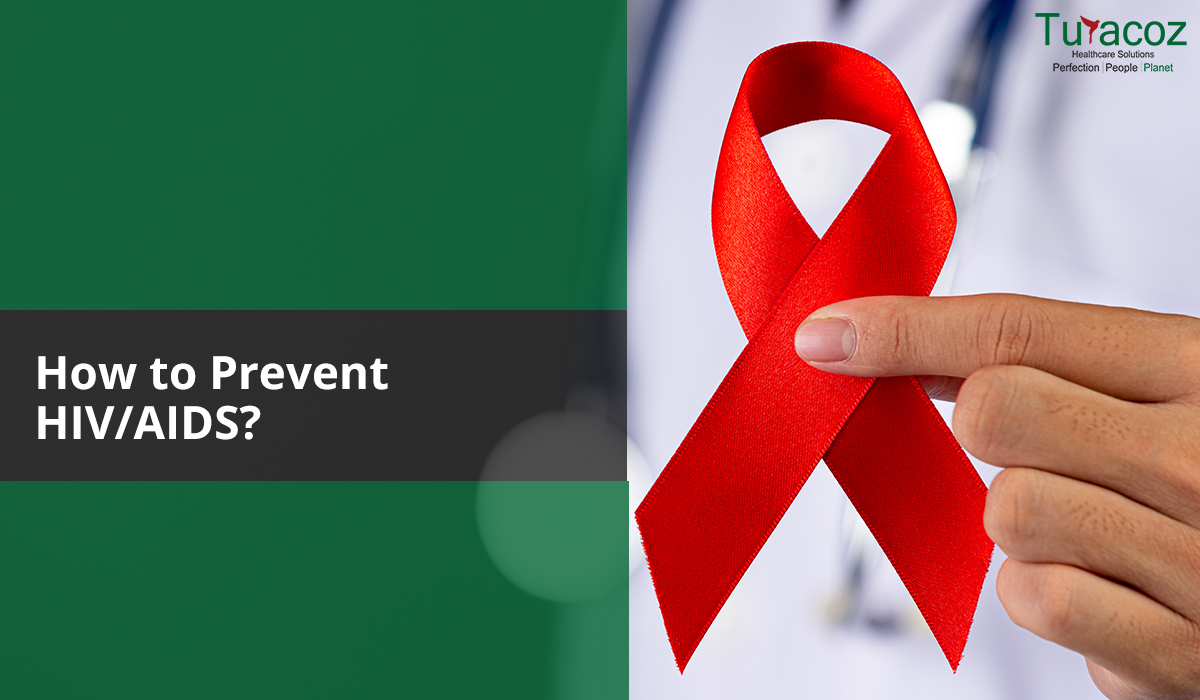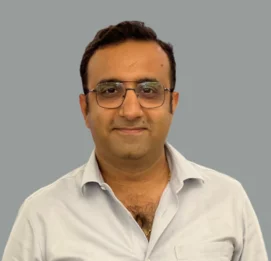The world’s leading public health challenge is the HIV virus that leads to AIDS. In 2018, around 37.9 million people were infected with HIV/AIDS and approximately 1.7 million more joined the club worldwide. Only 79% of the affected numbers were aware of their HIV status and the remaining 21% did not even have access to HIV testing services. The death rate associated with AIDS has reduced from 1.7 million in 2004 to 770,000 in 2018 [1,2,3].
A brief summary on the HIV epidemic is presented in the Figure 1 [2]
Figure 1: Global HIV Epidemic [2]
Despite the advances in our healthcare sector and availability of a wide range of effective prevention tools, a large number of individuals with HIV or at risk of HIV do not have access to the prevention, care, and treatment [1]. A study reported that majority of the current HIV transmission is done via people who inject drugs, occurring in the majority of low and middle-income countries [4].
The advances in science have provided many tools to prevent HIV these days. However, to protect oneself from a disease one should be aware about the cause of the disease, with an understanding of how the virus spreads. HIV virus can be passed in the following ways [5]:
- Having sexual intercourse with an HIV infected person
- By sharing contaminated needles such as through blood transfusion or drug use
- From an HIV infected mother to the foetus during pregnancy, or through breast feeding
Anyone and everyone is vulnerable to the HIV virus, but preventive measures can help one to reduce the risk of getting infected. Key approaches for the prevention of HIV are listed below:
HIV Prevention Medication [6,7]
Pre-exposure prophylaxis (prEP) and post-exposure prophylaxis (PEP) can greatly reduce the risk of contracting the HIV infection. According to the federal guidelines, prEP is considered for HIV-negative or people at a very high risk of HIV. It consists of daily medication and regular visits to a healthcare professional. This includes:
- Anyone who is in sexual contact with a HIV positive person
- A man who has sex with both women and men
- A heterosexual man or woman who have had sexual intercourse with partners of unknown HIV status.
PEP can prevent you from becoming infected with the virus once you are exposed to it. For this medication to work, it must be started within 72 hours after a possible exposure. It should be taken once or twice daily for 28 days. Use of condoms and safe injection practices is recommended during the medication.
An HIV-negative person has the following ways to protect himself/herself from getting infected:
Figure 2: Steps of Prevention for HIV-negative person
Treatment as Prevention [7]
This refers to the use of HIV medication to prevent transmission of the infection to others. An HIV infected person taking the medications as prescribed and has regular follow-ups to keep an undetectable viral load are at no risk of transmitting HIV to their HIV-negative partners. Antiretroviral therapy (ART) to suppress the virus should be taken regularly as it prevents the virus from growing in our body that keeps us healthy and prevents illness. Women infected with the virus are recommended to take the treatment to minimize the risk of transmission to the foetus during pregnancy or delivery. After conception, the new-born receives HIV medications for 4 to 6 weeks. Figure 2 shows the actions to be taken to prevent HIV from passing to others.
Figure 3: Steps for Prevention for HIV-positive person
The United Nations organized the Joint United Nations Programme on HIV/AIDS (UNAIDS) with an ambitious target to treat HIV with a 90-90-90 goal. By 2020, 90% of the people living with HIV will be aware of their HIV Status. 90% of the people diagnosed with HIV will receive a proper antiretroviral therapy (ART). 90% of people on ART will have viral suppression [1,7].
Turacoz Healthcare Solutions aims to spread awareness about HIV/AIDS. We urge the people to be aware about the condition. Following the preventive measures and seeking counseling is the best way to avoid this condition. However, for the HIV infected individuals it is best to continue with the ART and maintain a healthy diet. Nevertheless, with love and support from family and friends they can lead a happy and long life.
If you wish to contact us, click here.
References
- Retrieved from: https://www.hiv.gov/hiv-basics/overview/data-and-trends/global-statistics [Accessed on 26th December 2019]
- Retrieved from: https://www.who.int/hiv/data/en/ [Accessed on 26th December 2019]
- Retrieved from: https://www.unaids.org/en [Accessed on 26th December 2019]
- Mathers BM, Degenhardt L, Phillips B, Wiessing L, Hickman M, Strathdee SA, Wodak A, Panda S, Tyndall M, Toufik A, Mattick RP. Global epidemiology of injecting drug use and HIV among people who inject drugs: a systematic review. The Lancet. 2008 Nov 15;372(9651):1733-45
- Retrieved from: https://stanfordhealthcare.org/medical-conditions/sexual-and-reproductive-health/hiv-aids/treatments/prevention.html [Accessed on 26th December 2019]
- Retrieved from: https://www.cdc.gov/hiv/basics/prevention.html [Accessed on 27th December 2019]
- Retrieved from: https://www.hiv.gov/hiv-basics/hiv-prevention/reducing-sexual-risk/preventing-sexual-transmission-of-hiv [Accessed on 27th December 2019]
- Retrieved from: https://www.unaids.org/en/resources/909090 [Accessed on 26th December 2019]
- Retrieved from: https://www.hiv.gov/hiv-basics/hiv-prevention/using-hiv-medication-to-reduce-risk/hiv-treatment-as-prevention [Accessed on 27th December 2019]

































